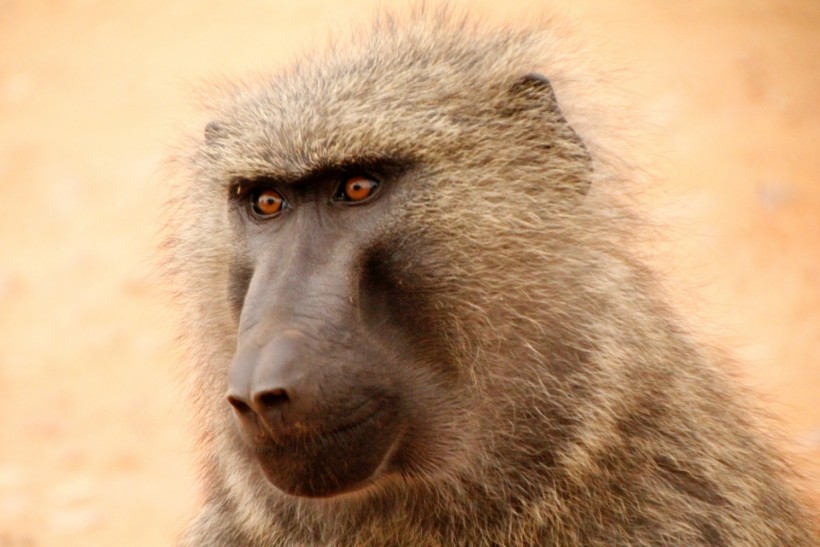Baboon mummies in Egypt thousands of years ago are some of the long-lost secrets in the annals of history that left historians and other experts scratching their heads.
Archaeologists and other specialists in modern times know that Egyptian mummies also include mummified animals like cats as offerings to the gods. However, Egyptian mummification that involved non-human primates remained mysterious for a long time.
In recent years, genetic analysis as part of a study has finally solved this ancient Egypt mystery. Led by researchers from the United States, the study determined the geographic origin of mummified baboons which were found in Egypt.
The researchers revealed the existence of two ancient trading centers across the Red Sea, one of them are hub for luxury goods, including sacred baboons (Papio hamadryas). In the past, these locations were disputed.
Baboon Mummies

In the study published in the journal eLife, scientists found that baboon mummies revealed the far-reaching trading activities and influence of early Egyptian mariners. With the Red Sea being the channel for the ancient trade network, the research team used genetic analysis to identify the disputed locations where the trade of mummified baboons was once prevalent.
To arrive at their conclusion, the team used geospatial variation in the ratios of oxygen and strontium isotope levels of 155 baboons from 77 locations. This method aims to estimate the geo-provenance of baboon mummies recovered from temples and tombs in ancient Egypt.
Based on its results, the research paper found five Ptolemaic specimens of olive baboons (Papio anubis) approximately 404 to 40 BC, indicating evidence of long-term residency in ancient Egypt even before the famous mummification ritual. These findings have been reported to be consistent with a captive breeding program.
Also Read: GPS Tracking Reveals the Secrets of Female Baboon Dispersal
Ancient Egyptian Trade
Furthermore, the Land of Punt, an ancient kingdom mentioned in ancient Egyptian trade records, was a significant location that gave rise to the said enterprise, which involved P. hamadryas, according to the study.
In this context, the genetic analysis traced two new kingdom specimens of the hamadryas baboons which were sourced to a region that now includes present-day Djibouti, Ethiopia, and Eritrea, as well as parts of Somalia and Yemen.
Aside from Punt, the port of Adulis was also a dynamic trading center between the 1st and 7th centuries, according to reports, with Greco-Roman historians citing that the port was a source of baboons and other animals for Egypt during the Ptolemaic period (305 BC to 30 BC).
In conclusion, the baboon mummies in Egypt, which is not the primates' native habitat, were likely imported into the country from distant regions and were kept in captivity. The findings also answered the long-held question as to why were there traces of mummified baboons in the North African country.
During the 19th century, a baboon skull dating back to 3300 years ago was discovered by archaeologists in the ancient Egyptian city of Thebes. Historians believe that Egyptians valued hamadryas baboons as the symbol of the god of wisdom Toth and connected with the great Sun god Amun-Ra.
Related Article: 50 Baboons Attack Leopard in a Case of Predator-Turned Prey [VIDEO]
© 2024 NatureWorldNews.com All rights reserved. Do not reproduce without permission.

![Tsunami Hazard Zones: New US Map Shows Places at Risk of Flooding and Tsunamis Amid Rising Sea Levels [NOAA]](https://1471793142.rsc.cdn77.org/data/thumbs/full/70325/280/157/50/40/tsunami-hazard-zones-new-us-map-shows-places-at-risk-of-flooding-and-tsunamis-amid-rising-sea-levels-noaa.jpg)



